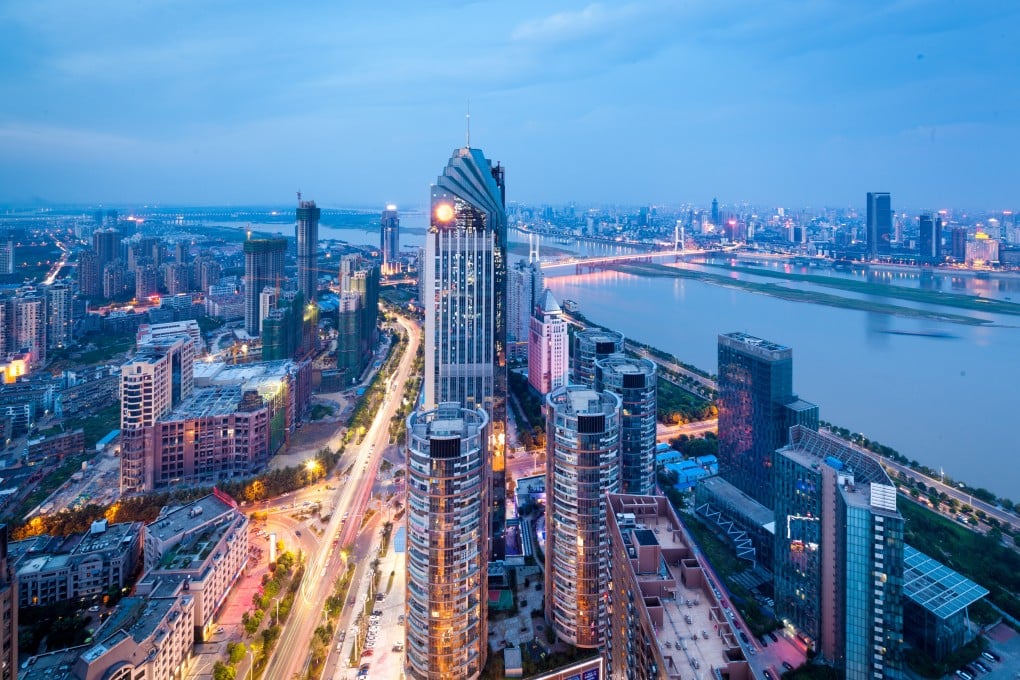Greater Bay Area: 10 facts to put it in perspective
- Tapping the near-unlimited potential of one of the country’s most productive geographical areas is the aim of the Chinese government’s master plan.

Urbanisation and the creation of wealth have been signatures of mainland China’s journey of economic reform and liberalisation. Today’s China is home to the world’s greatest number of city dwellers. To foster new business opportunities, China has a grand strategy of developing multiple city clusters to create sizeable areas of economic strength.
One of the most notable of the mainland’s urbanisation initiatives is the Guangdong-Hong Kong-Macau Greater Bay Area in southern China, which covers the country’s most open and economically vibrant region. The goal is to develop a world-class urban cluster that could rival global cities also situated on bays, such as San Francisco, New York or Tokyo. Here are 10 facts about the Greater Bay Area that illustrate the significance of its economic potential.
1. The population of the Greater Bay Area is more than the whole of the UK and twice that of Canada
Nine cities in Guangdong province and the Special Administrative Regions of Hong Kong and Macau had a combined population of about 70 million in 2017, which makes up 5 per cent of the total population in China Inside the Greater Bay Area, the three biggest cities by population are Guangzhou, more than 14.5 million people; Shenzhen, about 12.5 million people; and Dongguan, about 8.3 million.

2. The Greater Bay Area occupies less than 1 per cent of China’s land area but contributes 12 per cent of GDP
While the Greater Bay Area’s land mass takes up less than 1 per cent of the whole country, it accounts for 12 per cent of the national GDP. In 2017, it added US$1.5 trillion (HK$11.77 trillion) to the Chinese economy. That number is about twice the value of the annual contribution made by the San Francisco Bay Area.
